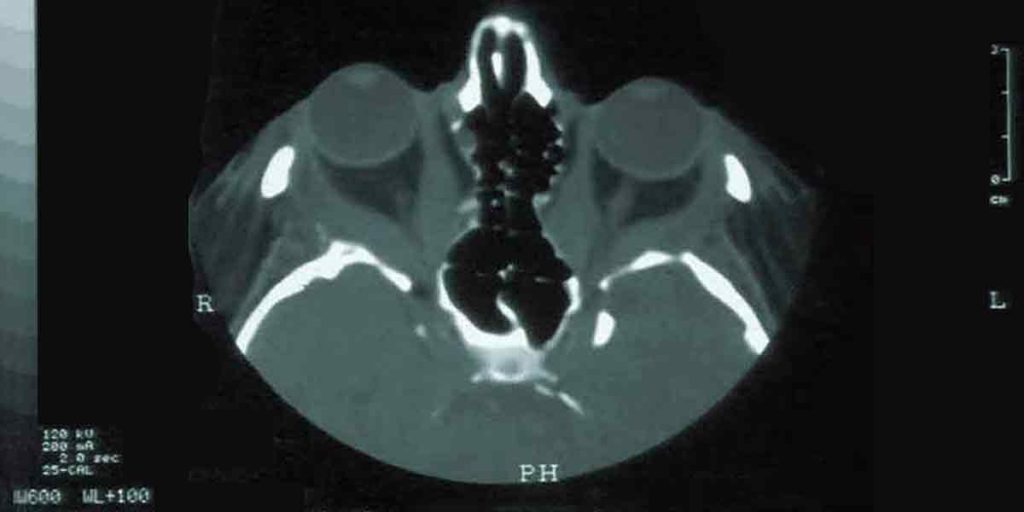When patients notice that their eyes appear to “stand out” or bulge forward, the most frequent cause is thyroid eye disease, also known as Graves’ orbitopathy or endocrine orbitopathy. This autoimmune condition develops when antibodies mistakenly target the tissues and muscles within the orbit — the confined bony cavity behind the eye — leading to swelling, congestion, and expansion of orbital fat and extraocular muscles.
The mechanism behind bulging eyes
Because the orbit is surrounded by bone, there is little room for expansion. As the inflamed tissue enlarges, the eye is gradually pushed forward, a process called exophthalmos. The forward displacement can make eyelids retract and prevent complete closure of the eye, causing exposure, dryness, and irritation. In advanced cases, the optic nerve at the back of the orbit can be compressed, endangering vision and requiring urgent intervention.
Symptoms and disease phases
Common symptoms include eye redness, tearing, swelling of the eyelids, and double vision (diplopia). The disease typically evolves through an active inflammatory phase, during which swelling progresses, followed by an inactive phase, when inflammation subsides but structural changes remain. Medical therapy—such as corticosteroids, immunomodulators, or biologics—aims to control inflammation, while endocrine management ensures thyroid function remains stable.
Surgical correction with orbital decompression
Once the inflammatory phase has stabilized, orbital decompression surgery can restore the natural position of the eyes. During this operation, small sections of orbital bone and, when needed, excess orbital fat are removed to relieve pressure and create space within the orbit. The eye then settles backward into a more normal alignment, improving both function and appearance.
ELZA’s approach
At the ELZA Institute in Zurich, orbital decompression is performed by Dr. Dion Paridaens, MD, PhD, a world-recognized oculoplastic surgeon and former President of the European Society of Ophthalmic Plastic and Reconstructive Surgery (ESOPRS). With more than 25 years of experience and over 20,000 orbital and eyelid procedures performed, Dr. Paridaens is among the most experienced orbital surgeons in Europe.
He specializes in the transconjunctival (swinging-eyelid) approach, which allows access to the orbit through the inside of the eyelid—leaving no external scars. This minimally invasive technique provides excellent visualization of the orbital walls, precise bone removal, and controlled decompression, while preserving critical support structures to minimize the risk of postoperative double vision.
Patients treated at ELZA benefit from comprehensive interdisciplinary care combining ophthalmology, endocrinology, and reconstructive expertise. The result is restoration of both ocular comfort and facial harmony — safely, predictably, and with long-term stability.


